The soil particle size test is an important experimental method for evaluating the size and distribution of soil particles. This test provides key information about soil properties by determining the combined proportion of mineral particles of different sizes in the soil, i.e., the soil particle size distribution. Soil particle size testing is not only crucial in the field of soil science, but also of great significance in the field of materials engineering, as it can provide in-depth understanding of the mechanical properties, engineering application characteristics, and environmental impact of materials.
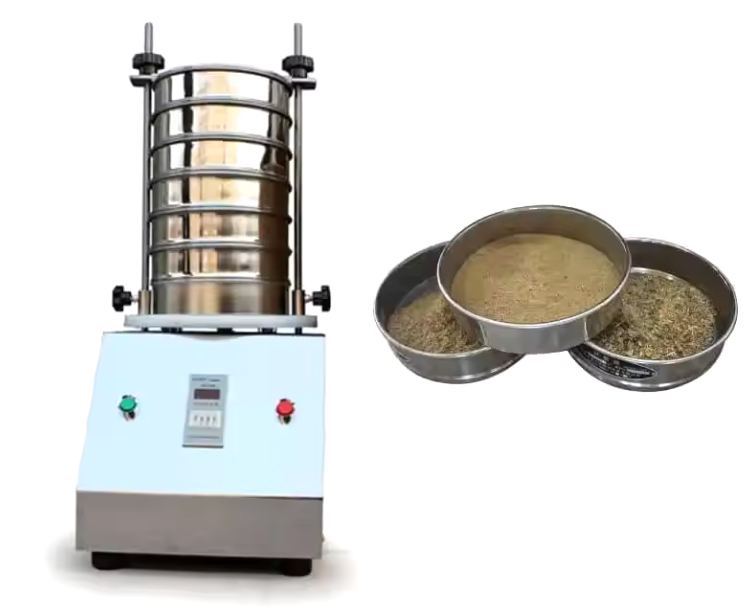

Method principle: The air-dried soil sample is made into a suspension, and the particles larger than 0.063 mm are screened by sieving, while the particles smaller than 0.063 mm are measured by the pipette method or the hydrometer method according to Stokes' law. The percentage content is calculated according to the mass of each level of particles, and the soil particle size cumulative distribution curve is plotted on semi-logarithmic paper to determine the soil particle size. Interference and elimination: During the test, you may encounter interference factors such as organic matter and salts. These interferences can be eliminated by adding dispersants and other methods to ensure the accuracy of the test results. In addition, soil particle size testing also involves some standards and practice specifications, such as HJ/T 166 Soil Environmental Monitoring Technical Specifications, which ensure the repeatability of the test and the reliability of the results. The test results provide an important basis for evaluating the engineering properties, classification and understanding of the engineering properties of soil. At the same time, they are also widely used in soil liquefaction identification and pollution assessment.
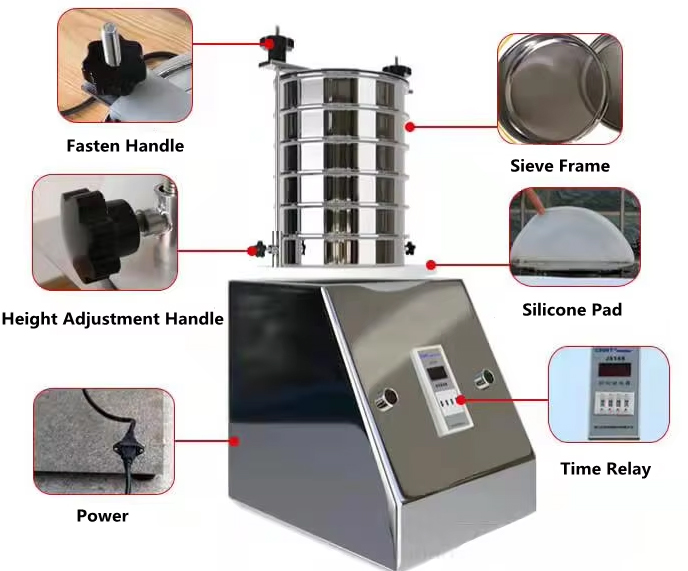
| Mesh size comparison table | |||||
| Number of stitches | granularity μm | Number of stitches | granularity μm | Number of stitches | granularity μm |
| 5 Order | 3900 | 140 | 104 | 1300 | 11 |
| 10 | 2000 | 170 | 89 | 1600 | 10 |
| 16 | 1190 | 200 | 74 | 1800 | 8 |
| 20 | 840 | 230 | 61 | 2000 | 6.5 |
| 25 | 710 | 270 | 53 | 2500 | 5.5 |
| 30 | 590 | 325 | 44 | 3000 | 5 |
| 35 | 500 | 400 | 37 | 3500 | 4.5 |
| 40 | 420 | 425 | 33 | 4000 | 3.4 |
| 45 | 350 | 460 | 30 | 5000 | 2.7 |
| 50 | 297 | 540 | 26 | 6000 | 2.5 |
| 60 | 250 | 650 | 21 | 7000 | 1.25 |
| 80 | 178 | 800 | 19 | ||
| 100 | 150 | 900 | 15 | ||
| 120 | 124 | 1100 | 13 | ||
Standard mesh number is a classification system used to describe the particle size of the sieve. It is usually used to describe the size range of particulate materials for screening and classification. Standard mesh number is formulated according to international standards. Common standard mesh numbers include ASTM (American Society for Testing and Materials Standards) and ISO (International Organization for Standardization).
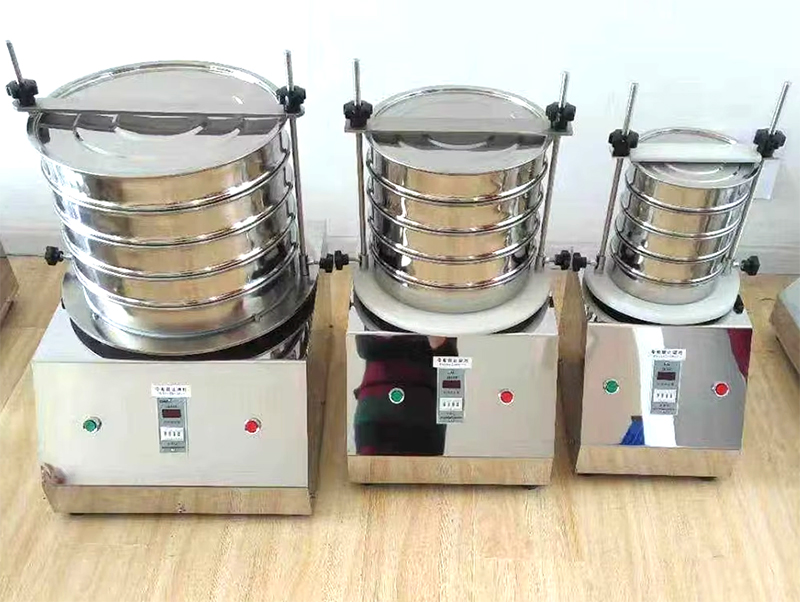
The so-called mesh number refers to the particle size or coarseness of the material. It is generally defined as the number of mesh holes in an area of 1 inch * 1 inch, that is, the number of mesh holes of the screen. The mesh number that the material can pass through is defined as the mesh number: for example, 200 mesh means that the material can pass through a screen with 200 mesh holes in 1 inch * 1 inch. By analogy, the larger the mesh number, the finer the particle size of the material, and the smaller the mesh number, the larger the particle size of the material.
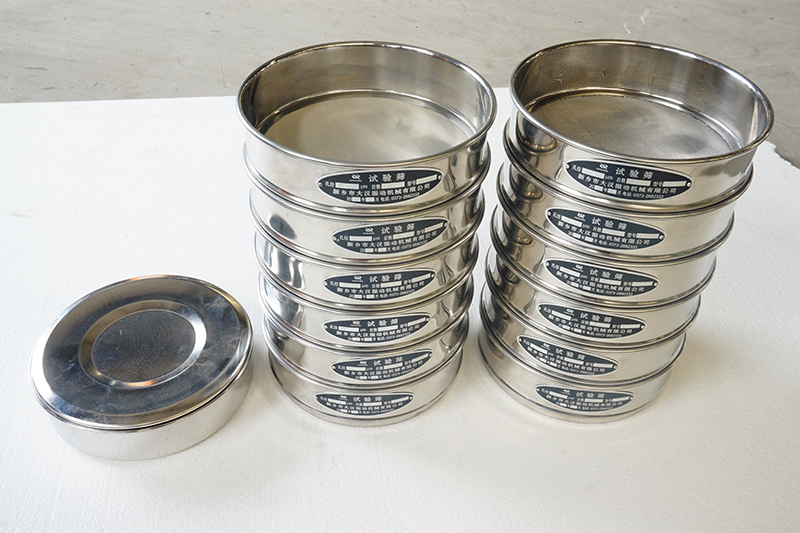
| Millimeter and mesh comparison table | |||||
| Millimeters/mm | Screen size/mm | Number of stitches | Millimeters/mm | Screen size/mm | Number of stitches |
| Φ200*50mm | 4.75 | 4 | Φ200*50mm | 0.250 | 60 |
| 4.00 | 5 | 0.212 | 70 | ||
| 3.35 | 6 | 0.180 | 80 | ||
| 2.80 | 7 | 0.150 | 100 | ||
| 2.36 | 8 | 0.125 | 120 | ||
| 2.00 | 10 | 0.106 | 140 | ||
| 1.70 | 12 | 0.090 | 170 | ||
| 1.40 | 14 | 0.0750 | 200 | ||
| 1.18 | 16 | 0.0630 | 230 | ||
| 1.00 | 18 | 0.0530 | 270 | ||
| 0.850 | 20 | 0.0450 | 325 | ||
| 0.710 | 25 | ||||
| 0.600 | 30 | ||||
| 0.500 | 35 | ||||
| 0.425 | 40 | ||||
| 0.355 | 45 | ||||
| 0.300 | 50 | ||||
| Powder fineness particle size unit conversion comparison table | |||
| Particle size(m) | Micrometerμm | nanometernm | Mesh unit (mesh) |
| 10-4m | 100μm | 100000nm | 180 (mesh) |
| 10-5m | 10μm | 10000nm | 1800 (mesh) |
| 10-6m | 1μm | 1000nm | 1.8Many mesh |
| 10-7m | 0.1μm | 100nm | 18Many mesh |
| 10-8m | 0.01μm | 10nm | 180Many mesh |
| 10-9m | 0.001μm | 1nm | 1800Many mesh |
| 1 meter (m) = 100 centimeters (cm); | |||
1 meter (m) = 100 centimeters (cm)
1 centimeter (cm) = 10-2m = 10 millimeters (mm);
1 millimeter (mm) = 10-3m = 1000 micrometers (μm);
1 micrometer (um) = 10-6m = 1000 nanometers (nm);
1 nanometer = 10-9m. Size is about 100 nanometers
Nanometer (nm) = [between 10-7 and 10-9 meters] = the size is about 180,000 to 18 million meshes. Micrometer (um) = [below 10-6 meters] = the size is about 18,000 to 18 million meshes. The limit fineness of micrometer is 18,000 meshes.
Nano = micro-nano = [between 10-6 meters] and [10-7 meters] = between 18,000 and 180,000 meshes.
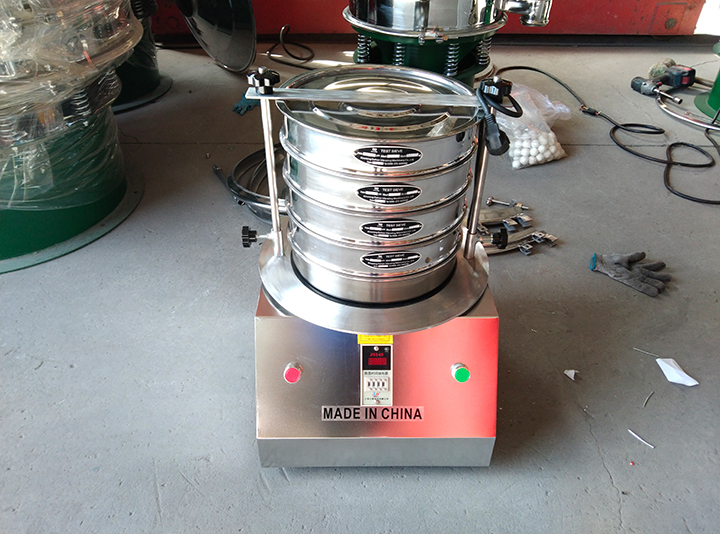
Collecting soil samples: First, representative soil samples need to be collected from the study area. The collection of samples should follow certain sampling methods to ensure the representativeness and reliability of the samples.
Sample pretreatment: The collected soil samples usually need to be pretreated, including removing impurities, drying and crushing, so as to carry out subsequent particle size analysis.
Particle size analysis: Particle size analysis can be done by different methods, including screening, sedimentation, laser particle size analyzer, etc. These methods can help determine the content and distribution of various particle sizes in the soil.
Data processing and analysis: The data obtained by the particle size test needs to be processed and analyzed, and a particle size distribution curve or table is usually drawn to more intuitively understand the particle composition of the soil.
Result interpretation: Finally, based on the results of the particle size test, the physical properties of the soil can be analyzed and interpreted to provide a reference for engineering design, soil improvement, etc.
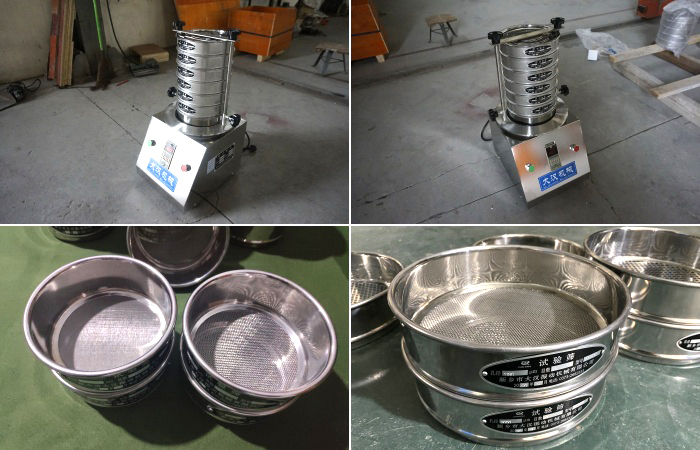
Soil particle size test is of great significance in the fields of soil mechanics, soil physics, soil improvement, etc. Through this test, people can understand important parameters such as soil pore structure, permeability, water retention, etc., and provide a scientific basis for agricultural production, soil protection and engineering construction. Therefore, mastering the methods and significance of soil particle size testing is of great significance for soil research and engineering practice.
Address:China,Yanjin county forest park gate to the west 1000 meters north road.